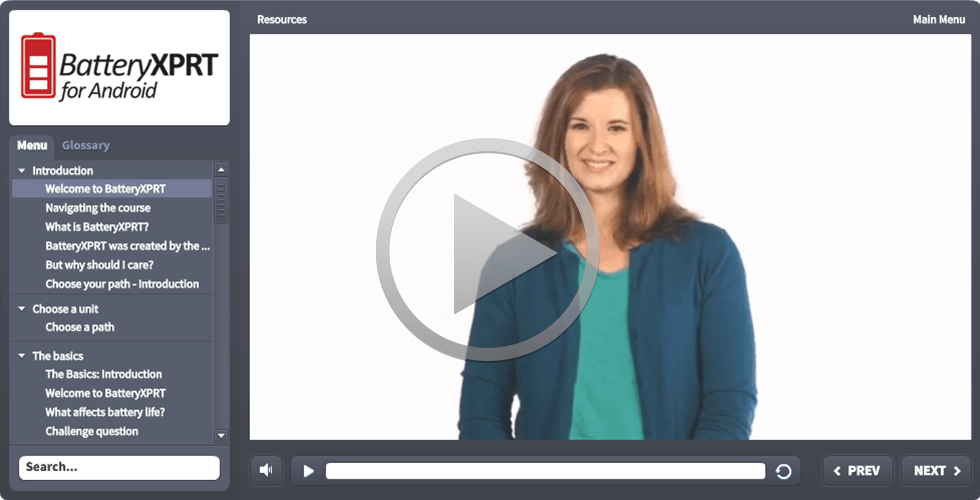I recently saw an article in ZDNet by my old friend Steven J. Vaughan-Nichols that talks about how NetMarketShare and StatCounter reported a significant jump in the operating system market shares for Linux and Chrome OS. One frustration Vaughan-Nichols alluded to in the article is the lack of transparency into how these firms calculated market share, so he can’t gauge how reliable they are. Because neither NetMarketShare nor StatCounter disclosed their methods, there’s no sure way for interested observers to verify the numbers. Steven prefers the data from the federal government’s Digital Analytics Program (DAP). DAP makes its data freely available, so you can run your own calculations. Transparency generates trust.
Transparency is a core value for the XPRTs. We’ve written before about how statistics can be misleading. That’s why we’ve always disclosed exactly how the XPRTs calculate performance results, and the way BatteryXPRT calculates battery life. It’s also why we make each XPRT’s source code available to community members. We want to be open and honest about how we do things, and our open development community model fosters the kind of constructive feedback that helps to continually improve the XPRTs.
We’d love for you to be a part of that process, so if you have questions or suggestions for improvement, let us know. If you’d like to gain access to XPRT source code and previews of upcoming benchmarks, today is a great day to join the community!
Eric













